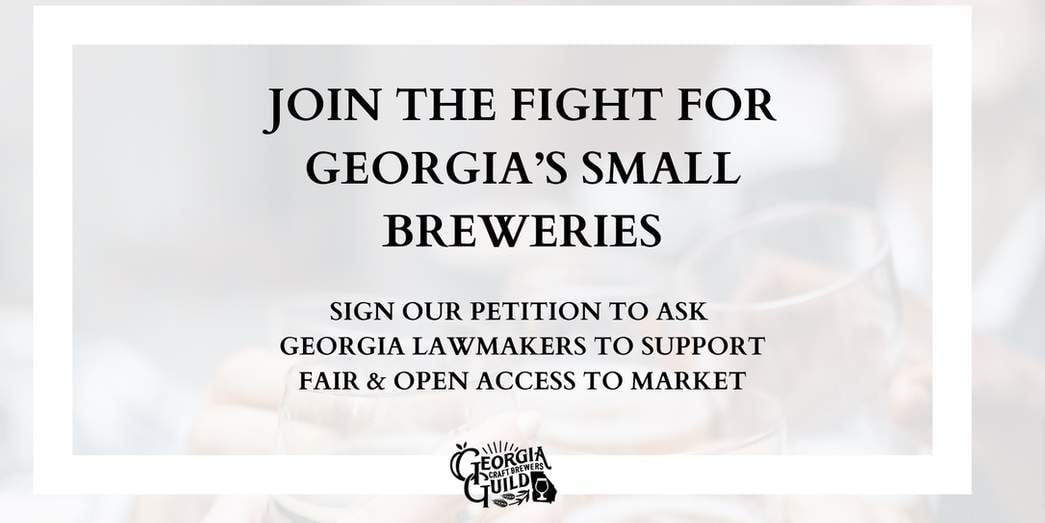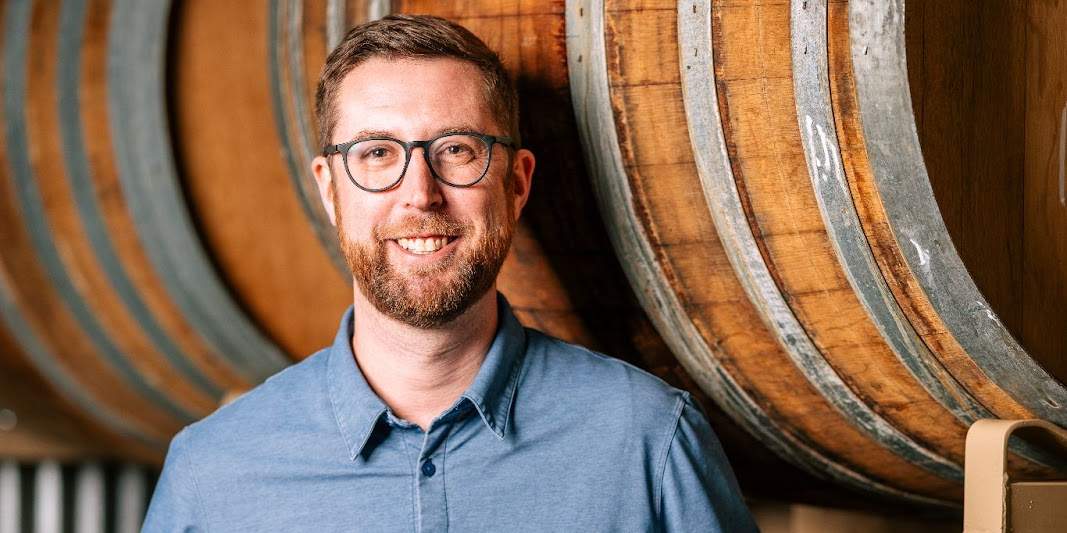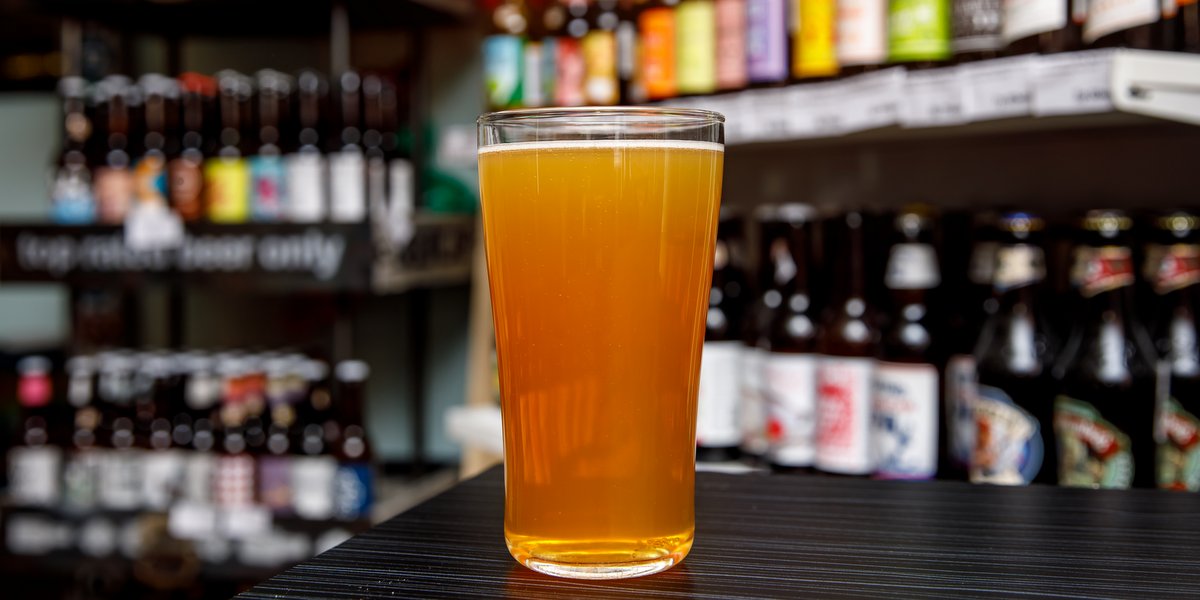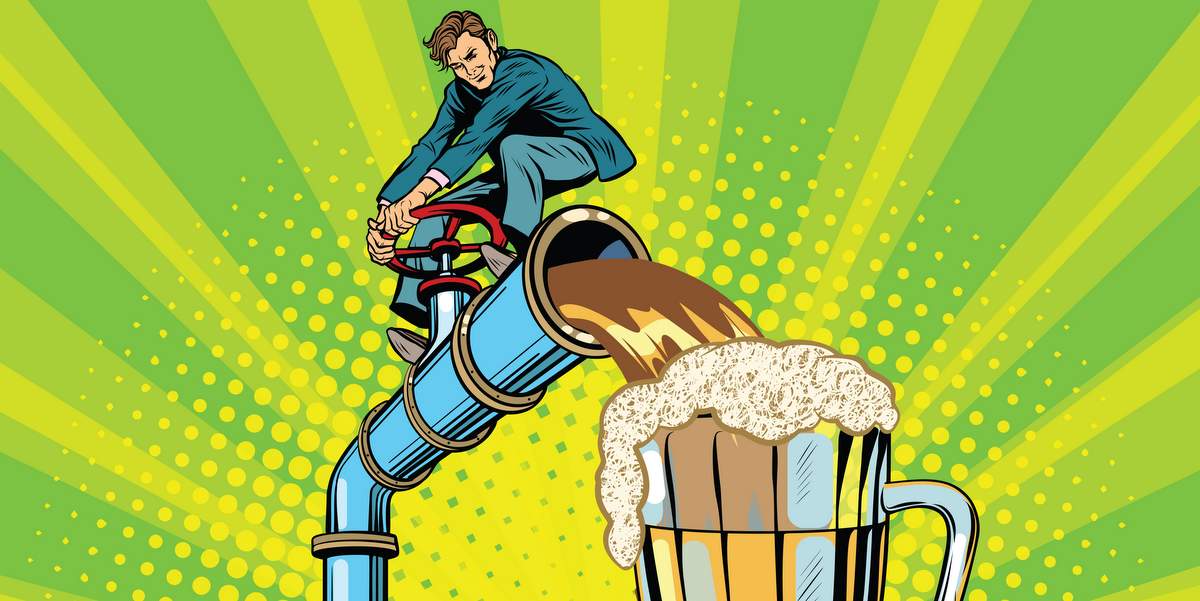
The craft “beverage” market continues to evolve. For instance: We had a feature on this site the other day on hard seltzers. More breweries, alcohol makers and beer websites are diversifying into complementary social lubricant markets, so the Brewers Association, which represents independent craft brewers by its definition, is changing that definition to be more inclusive. This is not a surprise. We posted on the change in October. A part of the change will be in the BA’s view of “traditional,” which has disappeared completely from the description to include the growing number of beer makers that are also working heavily in wine, meads, ciders, hard seltzers, hard teas and other non-beer categories.
Here’s the new definition:
Craft Brewer Definition
An American craft brewer is a small and independent brewer.
- Small: Annual production of 6 million barrels of beer or less (approximately 3 percent of U.S. annual sales). Beer production is attributed to a brewer according to rules of alternating proprietorships.
- Independent: Less than 25 percent of the craft brewery is owned or controlled (or equivalent economic interest) by a beverage alcohol industry member that is not itself a craft brewer.
- Brewer: Has a TTB Brewer’s Notice and makes beer.
Here’s the old one:
Craft Brewer Defined
An American craft brewer is small, independent and traditional.
- Small: Annual production of 6 million barrels of beer or less (approximately 3 percent of U.S. annual sales). Beer production is attributed to a brewer according to the rules of alternating proprietorships.
- Independent: Less than 25 percent of the craft brewery is owned or controlled (or equivalent economic interest) by a beverage alcohol industry member which is not itself a craft brewer.
- Traditional: A brewer that has a majority of its total beverage alcohol volume in beers whose flavors derive from traditional or innovative brewing ingredients and their fermentation. Flavored Malt Beverages (FMBs) are not considered beers.
So, a “traditionally” defined craft brewer used to need a majority of its total beverage alcohol volume in beer. Not any more. This has been replaced with a simple “brewer” pillar that requires a craft brewer to just be in possession of a TTB brewer’s notice and, well, make some beer. Brewers Association director Paul Gatza described it like so:
The original craft brewer definition was created in 2006, after the creation of the Brewers Association. Since 2006, the craft brewing industry has more than tripled in size and market share. As the industry evolves, so should the definition. The definition has now been amended four times (2007, 2010, 2014, and 2018) to keep up with innovation and brewing trends.
The “traditional” pillar became outdated because craft brewers, seeking new sources of revenue to keep their breweries at capacity and address market conditions, have created new products that do not fit the traditional definition of beer.
The craft beer data set will continue to include products that meet the trade understanding of beer — all malt and adjunct beers as well as gluten-free beers.
Many folks are whining that this definition revamp is coming about because of the likes of Boston Beer Co., which posted a Q3 earnings report that showed its non-beer brands like Truly Spiked & Sparkling, Twisted Tea and Angry Orchard were only partially offsetting continued decreases in the Samuel Adams brand. If that trend continues, Boston Beer might make more non-beer products than beer products, falling out of the definition of “traditional” craft.
Obviously, the industry is changing. Even small, local brewers are experimenting in other beverage categories. Economist Bart Watson posits here that: “In 2017, approximately 60 small brewers were kept out of the craft brewer data set due to the 50 percent “traditional” requirement, mostly due to wine or mead production. That number was set to grow in 2018 as more small wine companies started brewing beer, and as other small breweries approached the 50 percent threshold.” So, it wasn’t just Boston Beer.
It only makes sense to continue to evolve the definition. For those who are already against the idea of such a definition, it will only confirm their beliefs, so nothing changes there. For those who embrace it, most should understand the change is a tool to allow them to diversify in today’s ultra competitive alcohol landscape and still tout themselves as craft brewers. Either way, pretty much status quo.
Other stuff from the BA:
In other news, the board of directors amended the association bylaws to add a new Taproom Brewery voting member class, which will go into effect in 2019. Also approved was an annual plan that includes the development of a political action committee (PAC) in 2019.





Brian Abbott says
No.
EliUd MonGe says
Jajajajaja!! #again
Dave Cleland says
Is that Bruce Dickinson? Sure looks like him.